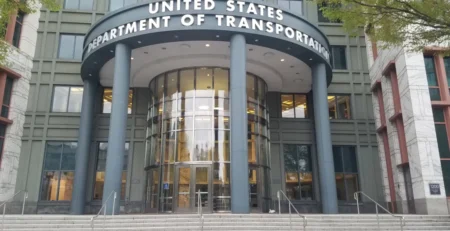Indian Refinery Feels the Squeeze as EU Sanctions Bite

Vadinar (India), Aug. 14, 2025 — At the refinery gate, the tide of tanker traffic has slowed to a trickle. Trucks wait longer. Inside, men lean on rails and watch monitors that show near-empty shelves. Since the European Union slapped sanctions on this facility in July, everything has changed.
Early this month, crude inflows plunged — less than 100,000 barrels per day, down from some 366,000 bpd this time last year. The hum of operations has dulled. Shipments were pulled — shippers uneasy, fearing penalties. A tanker scheduled to load 35,000 tons of diesel simply didn’t — turned away, bound for Kuwait instead. Another slashed its stop altogether.
They’re scrambling sequences on the ground. Some cargoes went out on lesser-known “dark-fleet” vessels—clandestine by name, essential in practice. Inside, offices are stocked with notes, letters of credit, advance payments — virtually begging for cash flow to stay alive.
Even the steel behind this operation feels brittle. The refinery runs at a reduced rate — 70–80 % of its capacity — and banking ties are fraying. Some financial doors closed without warning.
Tomorrow, ministry officials are gathering to hash out options: charter Indian vessels, shore up transport with domestic shippers. But the ticking question is already on everyone’s mind — can this refinery weather a winter with no room to maneuver?
The post Indian Refinery Feels the Squeeze as EU Sanctions Bite appeared first on The Logistic News.
Share this post
Related
Posts
U.S. Manufacturers Turn to AI as Tariff Pressure Mounts
Chicago, Aug. 14, 2025 — The factory floor is loud with the metallic clatter of conveyor belts, but upstairs in...
Late-Night Cargo Runs Keep Gulf Exports on Schedule
Doha, Aug. 14, 2025 — The ramp lights cut hard lines through the darkness. Heat still lingers on the tarmac...
U.S. Freighters Urged to Speak Up as National Freight Plan Takes Shape
Washington, D.C., Aug. 14, 2025 — The corridors of the U.S. Department of Transportation are buzzing with a single message...
Before Dawn at Al Maktoum: Freighters In, Silence Out
Dubai, Aug. 15, 2025 — Warm air even before sunrise. The ramp lights cut narrow cones across the tarmac. A...




